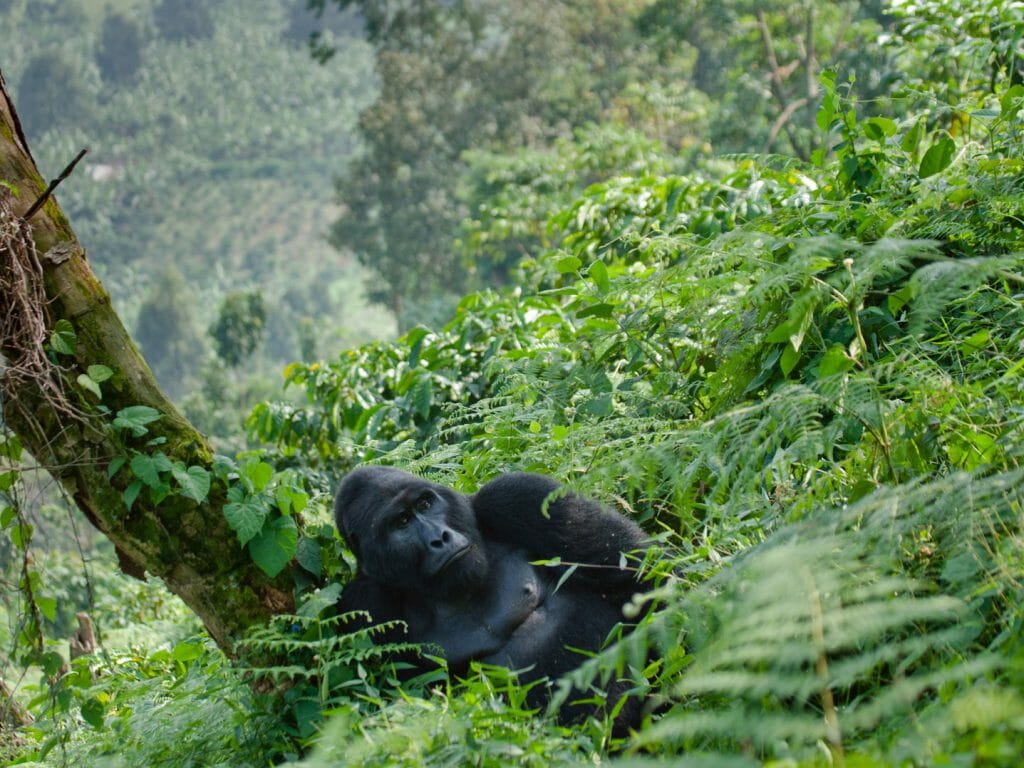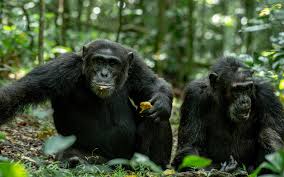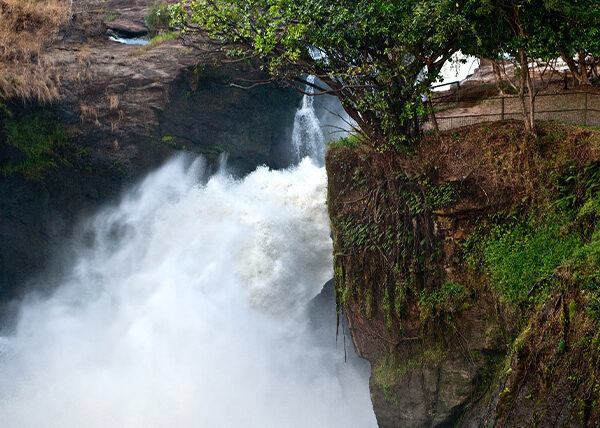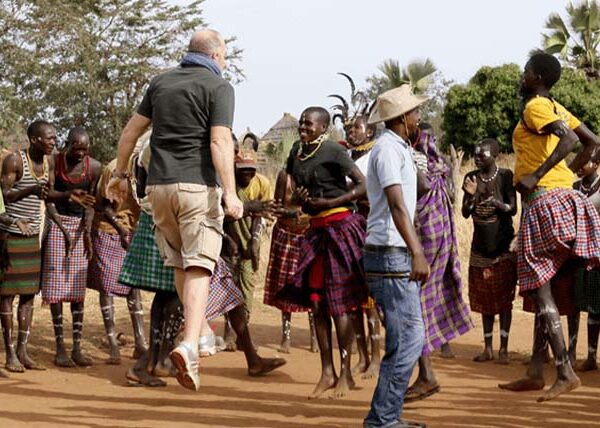Bwindi Impenetrable National Park, often referred to as Bwindi Impenetrable Forest, is one of Uganda’s most famous and ecologically diverse protected areas. Known primarily for its population of mountain gorillas, this UNESCO World Heritage site offers a unique combination of rich biodiversity, dense forest, and cultural experiences.
Features and Highlights
-
Mountain Gorillas: Bwindi is home to almost half of the world’s remaining mountain gorillas. Gorilla trekking is the park’s main attraction, providing a rare and unforgettable experience of seeing these majestic primates in their natural habitat.
-
Biodiversity: The park is incredibly biodiverse, with over 120 species of mammals, 350 bird species, 220 butterfly species, and numerous plant species. It is also home to other primates like chimpanzees, black-and-white colobus monkeys, and L’Hoest’s monkeys.
-
Bird Watching: Bwindi is a birdwatcher’s paradise, with several Albertine Rift endemics such as the African green broadbill, the handsome francolin, and the Rwenzori turaco. It is recognized as one of Africa’s top birding destinations.
-
Lush Forests: The park’s dense rainforest, one of the oldest in Africa, provides a rich and varied habitat. The thick canopy and undergrowth create an impenetrable feel, contributing to the park’s name.
-
Cultural Experiences: The local Batwa pygmy community offers cultural encounters that allow visitors to learn about their traditional forest-dwelling lifestyle and history.
Getting There
-
By Road: Bwindi is accessible by road from Kampala, taking approximately 8-10 hours depending on the trailhead you are heading to (Buhoma, Ruhija, Rushaga, or Nkuringo). The journey involves traveling through scenic landscapes and rural towns. A 4×4 vehicle is recommended due to the rough terrain, especially in the rainy season.
-
By Air: There are domestic flights from Entebbe International Airport or Kajjansi Airfield to Kihihi or Kisoro airstrips, which are close to the park. The flight takes about 1-1.5 hours, followed by a drive to the park.
Best Time to Visit
The best time to visit Bwindi Impenetrable National Park is during the dry seasons:
- June to August: This period offers the best conditions for gorilla trekking, with less rain and more manageable trails.
- December to February: Another ideal time for trekking, with minimal rainfall and comfortable temperatures.
The wet seasons (March to May and September to November) can make trekking trails muddy and challenging, but the forest is lush and the experience is equally rewarding. Additionally, there are fewer tourists during these times.





Activities
- Gorilla Trekking: The main activity in Bwindi is trekking to see the mountain gorillas. Treks can take anywhere from a few hours to a full day, depending on the location of the gorillas. Permits are required and should be booked in advance.
- Bird Watching: Guided bird-watching tours are available, offering the chance to spot many of the park’s unique bird species. The park’s diverse habitats support a wide range of birds.
- Nature Walks and Hiking: The park offers several hiking trails that provide opportunities to explore its rich biodiversity. Popular trails include the Munyanga River Trail, the Rushura Hill Trail, and the Buhoma-Nkuringo Trail.
- Cultural Encounters: Visitors can engage with the local Batwa community, learning about their traditional forest lifestyle, medicinal plants, and cultural heritage. The Batwa Experience offers a fascinating insight into their history and way of life.
- Community Walks: Several community-based tourism projects offer guided walks that allow visitors to explore the villages around the park, learn about local agriculture, and visit schools and health projects.
- Waterfall Hikes: The forest is home to several waterfalls, and guided hikes to these scenic spots offer a refreshing and picturesque experience.
- Forest Walks: In addition to gorilla trekking, Bwindi offers guided forest walks that provide opportunities to see other primates, birds, and unique plant species.
Bwindi Impenetrable National Park offers a unique blend of breathtaking wildlife encounters, rich biodiversity, and cultural experiences. It is a must-visit destination for those seeking a truly immersive and unforgettable experience in the heart of Uganda’s wilderness.








